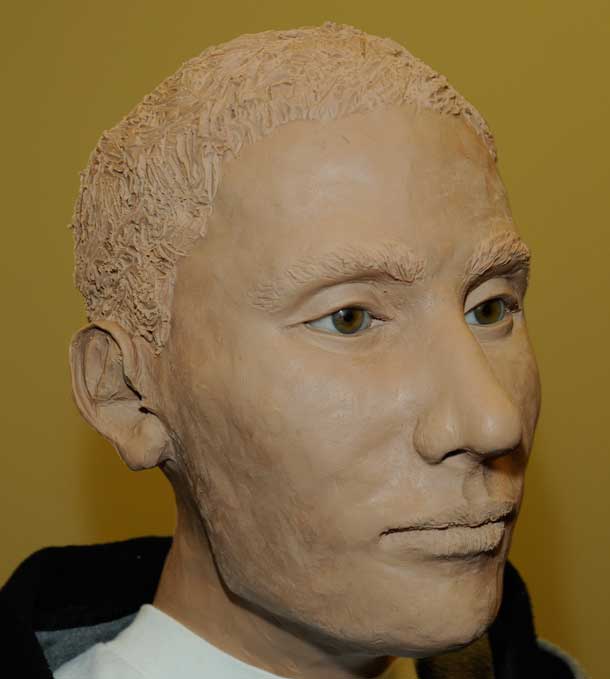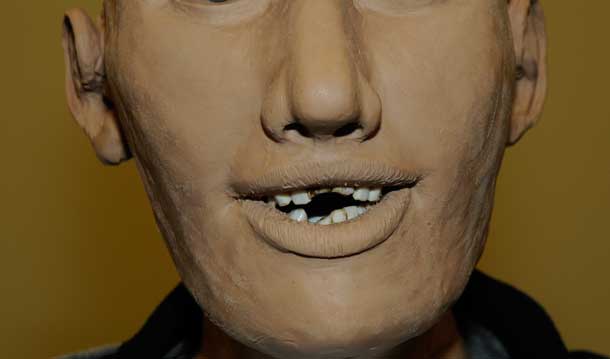
CALGARY – The RCMP are seeking assistance from the public. One year ago, human remains were found just west of Cochrane Alberta.
The RCMP Major Crimes Unit, Forensic Identification Section, the RCMP Special Tactical Operations Team, and Dog Unit completed an extensive search and scene examination of the area to recover any additional remains and evidence. The Major Crimes Unit has been working to identify this person for the past year.

The RCMP Major Crimes Unit has compared the remains to all known missing persons in Alberta and British Columbia which met the known parameters of this person, and has liaised with the The National Centre for Missing Persons and Unidentified Remains (NCMPUR) of the Royal Canadian Mounted Police (RCMP) to compare these remains against all missing persons in Canada. To date, we have not had a match.
A forensic sculptor was contracted to reconstruct a visual representation or, ‘facial approximation’, of our unidentified person, and those images, as well as related forensics have been forwarded across Canada, and now down to the United States, and throughout Missing Persons Registries across North America, including the National Missing and Unidentified Persons System (NamUs) in the United States, and the DOE Network, a volunteer organization devoted to assisting Law Enforcement in solving cold cases concerning unexplained disappearances and unidentified victims from North America, Australia and Europe.
As you celebrate Thanksgiving this weekend, The RCMP are asking you to look around and note if there is a family member, a friend, or neighbour whom you haven’t seen in over a year. The RCMP are asking you to look at our facial approximation and see if this person is someone you may have seen before, understanding that this is an approximation, and the person may look sightly differently.

Should you believe you may know this person, please call the RCMP Tip line set up for this investigation at 403 699-2709, or Crimestoppers at 1-800-222-TIPS.
Facial Approximation Definition
The use of a Forensic Facial Imaging Specialist or a Forensic Artist has proven to be a valuable resource to assist police investigators in solving investigations
Facial approximation, often referred to as facial reconstruction, is a process based upon the recognition of the fact that there exists a predictable relationship between the skull and the overlying soft tissues. This form of identification technique should be considered when other traditional methods, such as fingerprints, DNA comparison, and dental records, fail to identify a victim. This technique is used when the facial features of the unidentified deceased person are missing (skeleton) or severely damaged or decomposed beyond recognition.
It is called a facial approximation since an exact likeness from a recovered skull can never be achieved, as there are too many variables. This method can produce a face similar in proportions and facial features to the type of face the individual had before death. The final result is released to the public with the intention to generate tips, and therefore assisting investigators in finding a successful conclusion to their cases.













